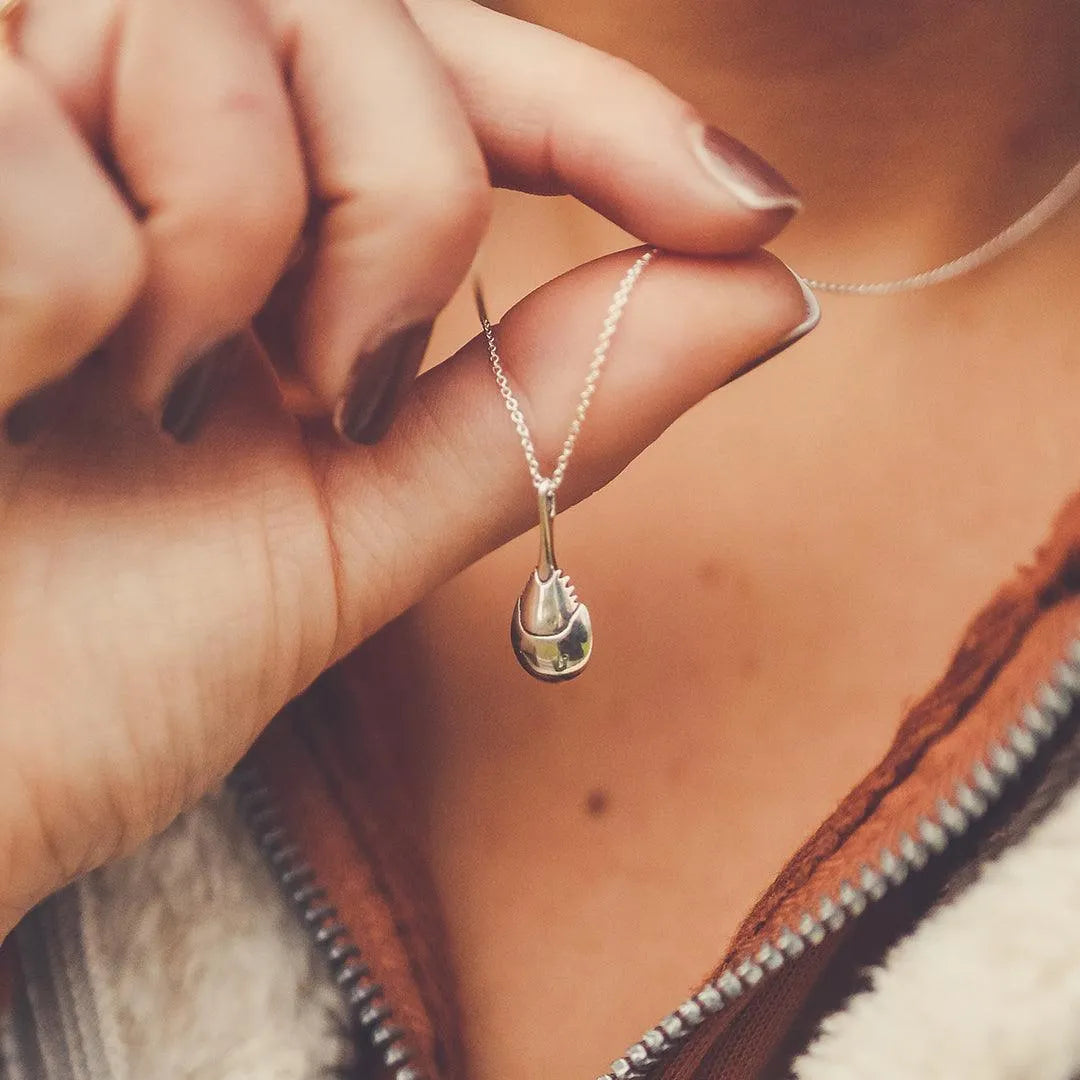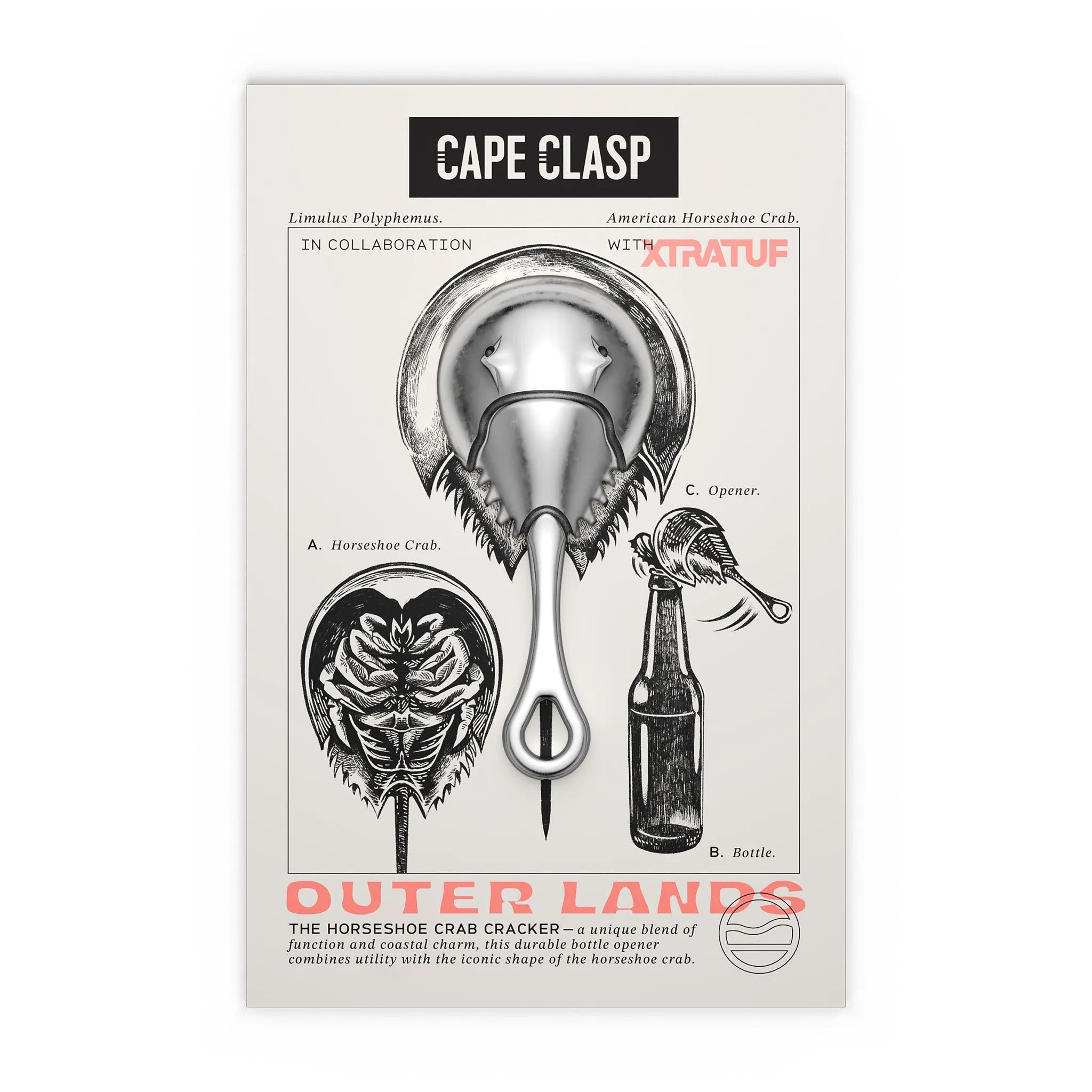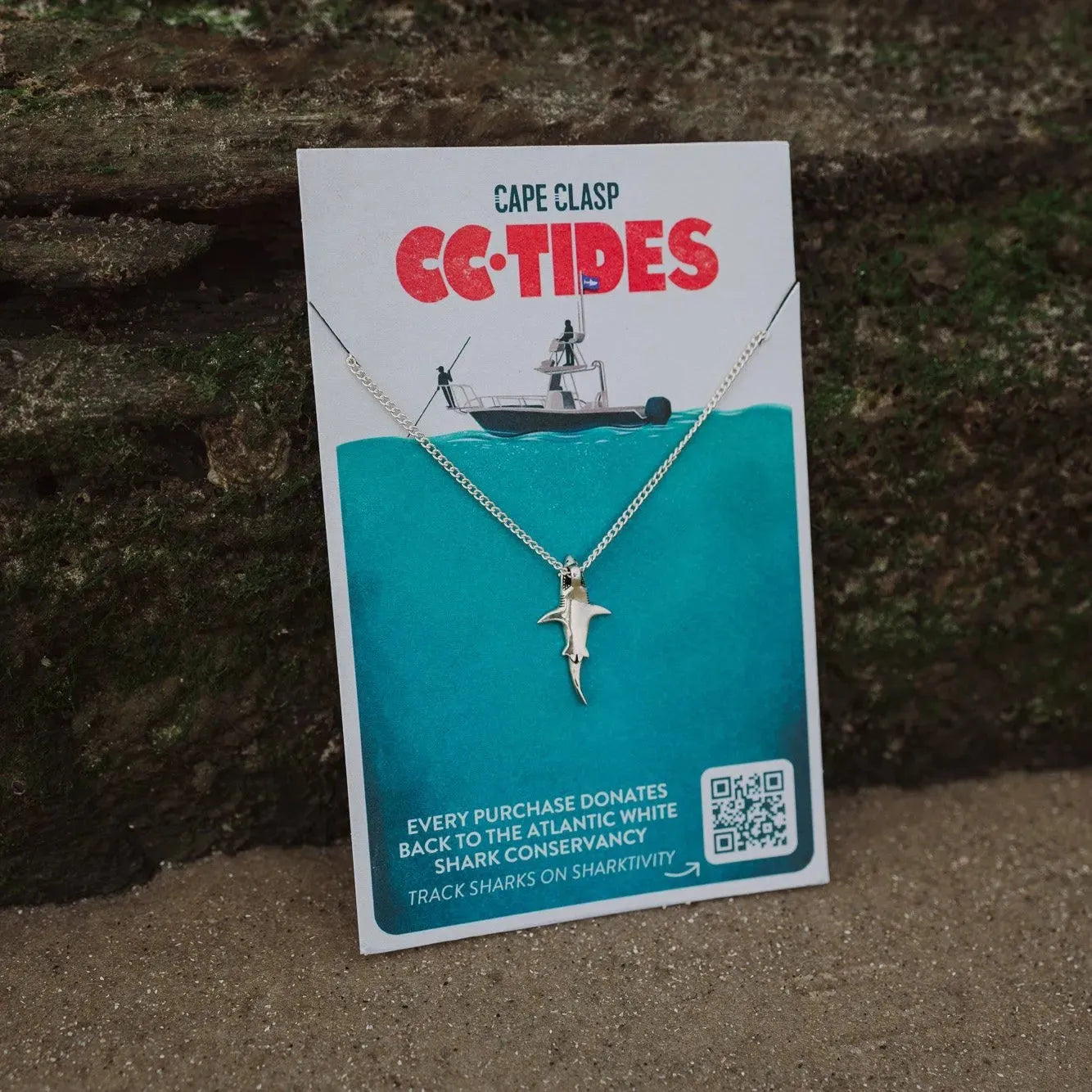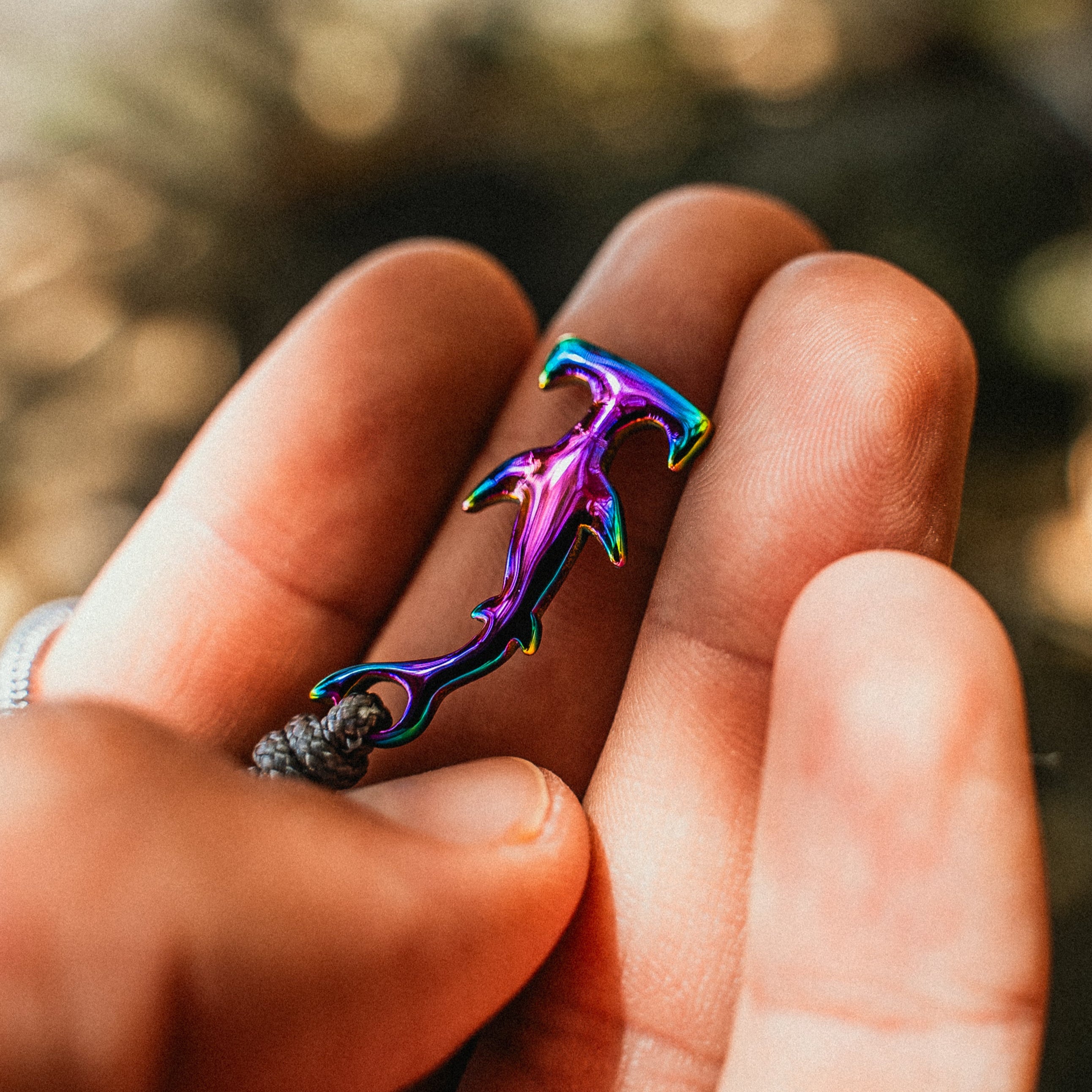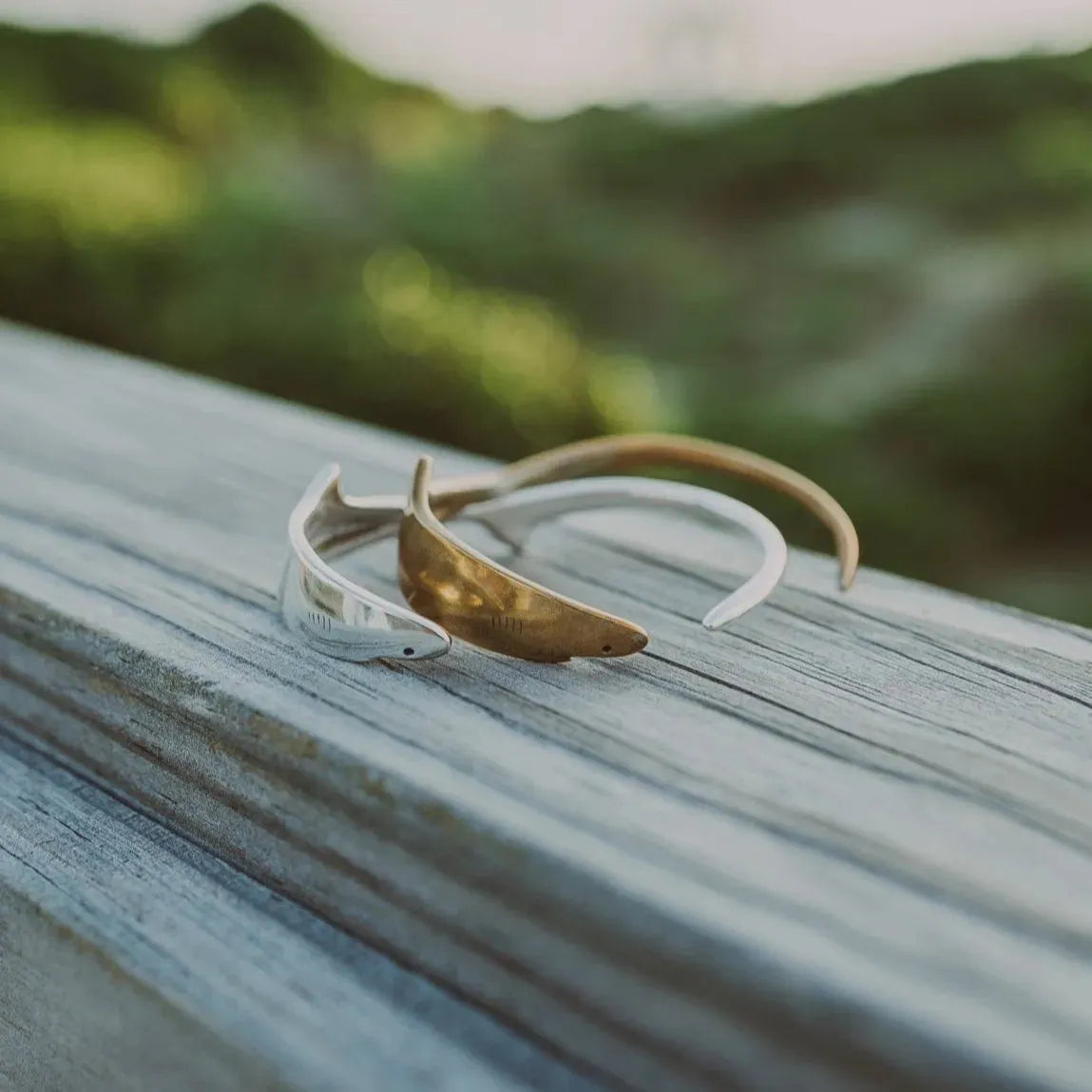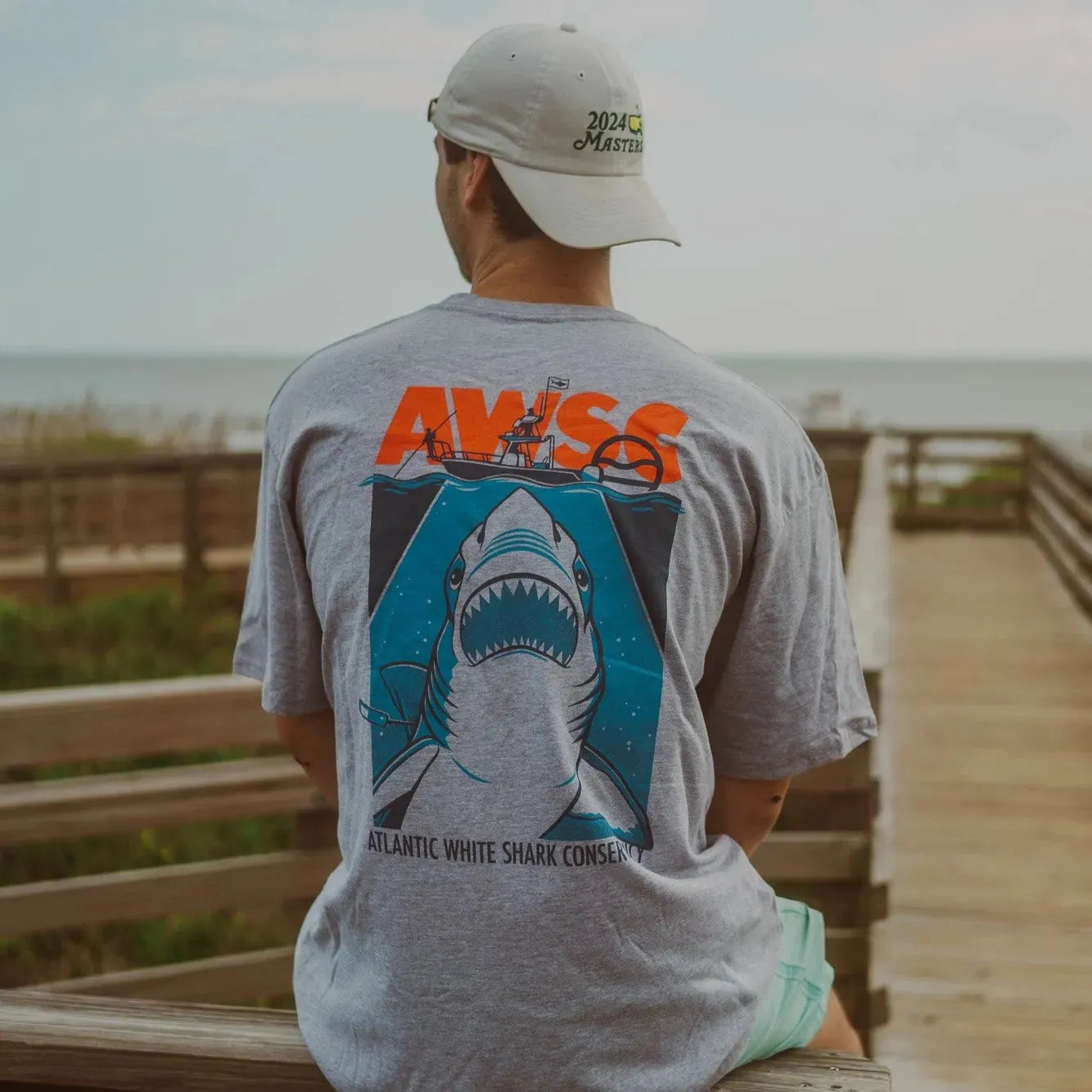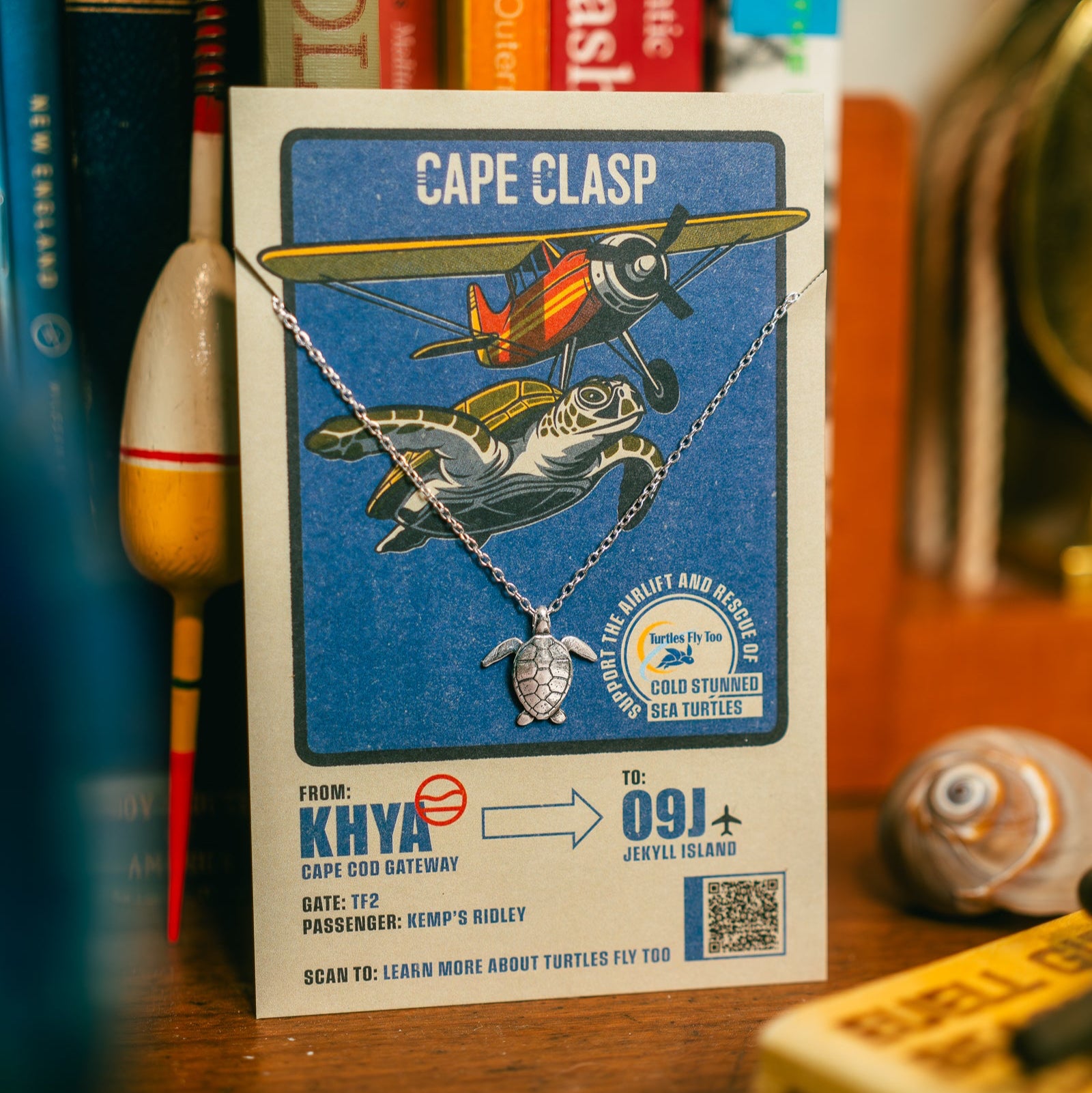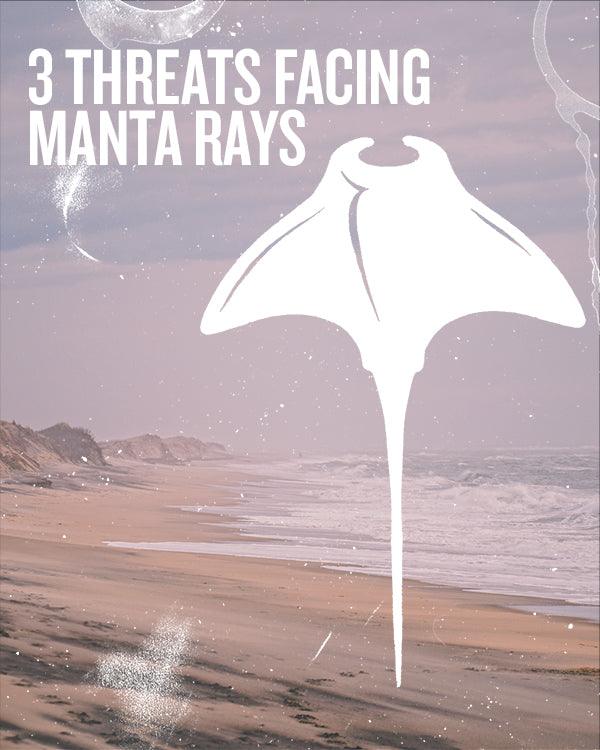
3 THREATS FACING MANTA RAYS
Unsustainable fishing practices are wreaking havoc on our oceans. In fact, it is estimated that two-thirds of the world's fish are overfished and depleted, and it's not just the fish on our dinner plates that are being harmed - species like majestic manta rays are also at risk.
Divers will tell you that swimming with manta rays is one of the most amazing experiences the ocean can give you. These gentle giants are curious creatures and with the largest brain of all fish, they are incredibly intelligent.
Unfortunately, human activity is threatening the very future of manta rays. From unsustainable fishing practices to an irresponsible reliance on single-use plastics, we are putting these beautiful animals at risk of vanishing from our oceans.
TARGETED FOR THEIR GILLS
In the past few years, the market for gill rakers, the filters that rays use to filter the water for food, has skyrocketed. The reason? They are used in Chinese medicine because of a false belief that they have the power to cure diseases ranging from cancer to chicken pox. This is a new trend as gill rakers have not historically been used in traditional Chinese medicine, they have only recently been used for this purpose.
ENDING UP AS BYCATCH
Even if rays aren't targeted for their gills, they are still at risk of being killed from fishing. Certain methods of fishing, like deep-sea trawling and longlines, indiscriminately kill marine animals, regardless of whether they are being targeted. The impact is devastating - 63 billion pounds of bycatch is caught and wastefully discarded each year.
You can help prevent innocent rays from ending up as bycatch by only purchasing sustainably-caught seafood. Check out the Seafood Watch app before heading to the grocery store to find the best options.
FEEDING ON PLASTIC
Manta rays feed by opening their large mouths and filtering plankton through their gill rakers. But, up to half of their diets may now be made up of the plastic that is polluting our oceans.
Eight million tons of plastic enter the oceans annually, killing an estimated one million marine animals each and every year. Plastic bags and other small pieces easily float into the mouths of feeding manta rays. Microplastics, or the tiny, broken down pieces of once-larger objects, are often ingested by manta rays and leach harmful chemicals into their bodies when digested.
Shopping consciously for alternative medicines and seafood, avoiding single-use plastics, and participating in beach clean-ups can help keep manta rays safe. If we all rethink our daily habits, we can #makewaves for marine life.
Protect these gentle giants with the Manta Ray Clasp. 15% of profits from each bracelet sold will be donated to Blue Sphere Foundation to further its important work.

